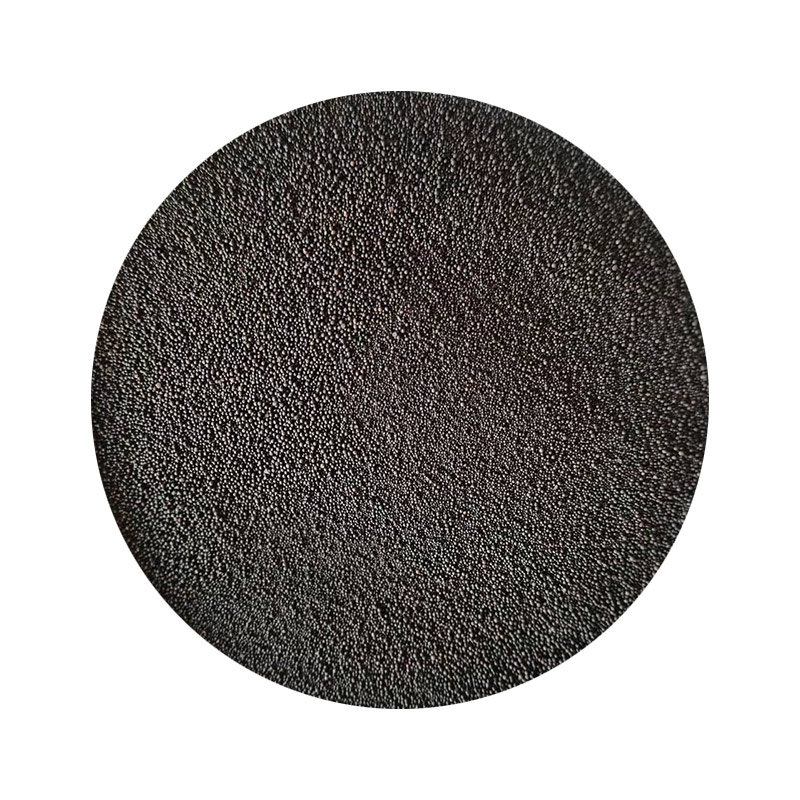Understanding Sand Casting Foundries An Essential Guide
Sand casting, one of the oldest metalworking processes, has remained a cornerstone in the manufacturing industry due to its versatility and cost-effectiveness. Foundries that specialize in sand casting play a crucial role in producing metal parts and components for a variety of industries, including automotive, aerospace, and construction. This article will explore the fundamental aspects of sand casting foundries, highlighting their processes, advantages, and applications.
At the heart of a sand casting foundry lies the sand casting process itself. This method involves creating a mold from sand in which molten metal is poured. The basic steps include pattern making, mold preparation, pouring, and finishing. Initially, a pattern, typically made of metal or plastic, is created to replicate the desired shape of the final product. This pattern is then embedded in a mixture of sand and a binding agent, forming a mold cavity once removed.
The mold is heated to reach optimal conditions for pouring molten metal, which is usually derived from various alloys such as aluminum, bronze, or iron, depending on the application. Once the metal has cooled and solidified, the mold is broken apart to retrieve the cast piece. This process not only allows for complex shapes and designs but also offers generous tolerances, making it suitable for a wide range of manufacturing requirements.
One of the primary advantages of sand casting foundries is their ability to handle large and complex castings. The sand used in this process can be reused multiple times, providing an eco-friendly approach to metal casting while significantly reducing material costs. Furthermore, the adaptable nature of sand casting allows foundries to produce small to large production runs, catering to both custom and mass production needs.
sand casting foundries

In addition to cost savings, sand casting offers flexibility in terms of material choice. Foundries can work with a wide variety of metals, accommodating different properties and specifications. This adaptability has made sand casting a preferred choice for industries requiring specific mechanical and thermal characteristics in their products.
While traditional sand casting has numerous benefits, the process is not without its challenges. The quality of the final product greatly depends on the skill of the foundry workers, as well as the quality of the sand and binders used. Defects such as sand inclusion, porosity, and dimensional inaccuracies can occur if proper techniques are not followed. Therefore, continuous training and strict quality control measures are essential in maintaining high standards within sand casting foundries.
Furthermore, advancements in technology have enhanced the sand casting process, enabling foundries to integrate modern practices such as computer-aided design (CAD) and 3D printing for creating molds and patterns. These innovations not only increase precision but also decrease lead times, allowing for faster production cycles and more competitive results.
In conclusion, sand casting foundries remain a vital part of the manufacturing landscape, providing reliable and efficient solutions for producing metal components. Their ability to adapt to various materials and shapes while maintaining cost-effectiveness ensures their continued relevance in modern industry. As technology evolves, sand casting foundries will likely continue to innovate, enhancing their capabilities and expanding their applications in new and exciting ways. Whether for custom projects or large-scale production, sand casting remains a foundational technique that meets the diverse needs of manufacturers worldwide.
Post time:Septemba . 17, 2024 06:49
Next:Изображения 3D - печати, отлитые в песке
